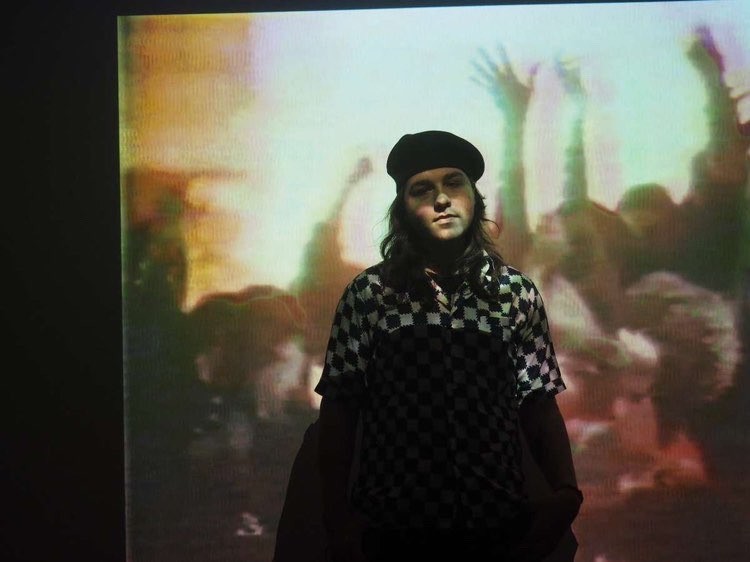Alright – so today we’ve got the honor of introducing you to Max Ridenour. We think you’ll enjoy our conversation, we’ve shared it below.
Max, appreciate you joining us today. Can you talk to us about how you learned to do what you do?
Though it’s a bit cliché, art is something I’ve had a lifelong interest in and have known I wanted to pursue in some capacity since I was a little kid. I think the first major leap I took towards figuring out my own craft was when I became interested in Photoshop sometime around 3rd grade. I got a copy of Photoshop Elements for Christmas and started to teach myself the basics of image manipulation- this was very inspired by the abundance of silly, absurd Internet art that I frequently encountered when using the family computer, circa 2010. I became totally enamored with digital editing techniques and have continued to use Photoshop in some capacity throughout every stage of my creative development. I think the process of teaching myself (for the most part) was incredibly valuable in that it showed me how I could approach a program or tool that was totally foreign and gradually figure out how I could use it to translate the things I imagined into something visual. I also practice a lot of forms of traditional art and I think it’s been valuable for me to consider how very different methods of creation can connect and overlap. One thing that I do find regrettable is Adobe’s shift away from one-time program purchases and towards renewing subscriptions- I had to rely on the same copy of CS5 that I bought in 5th grade for quite a while since a subscription-based model wasn’t as financially accessible for me, especially to receive an updated copy of a program that I already owned.
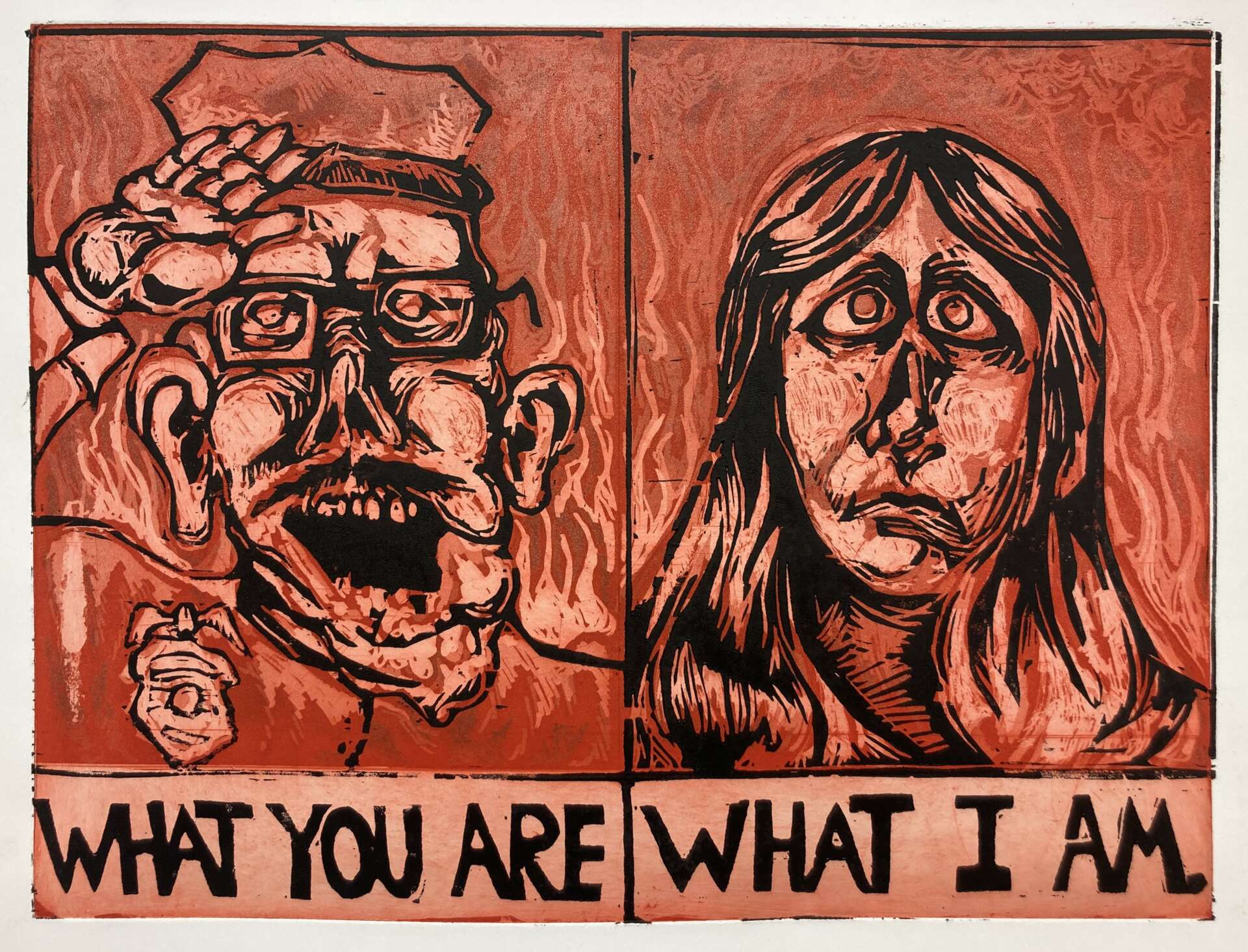
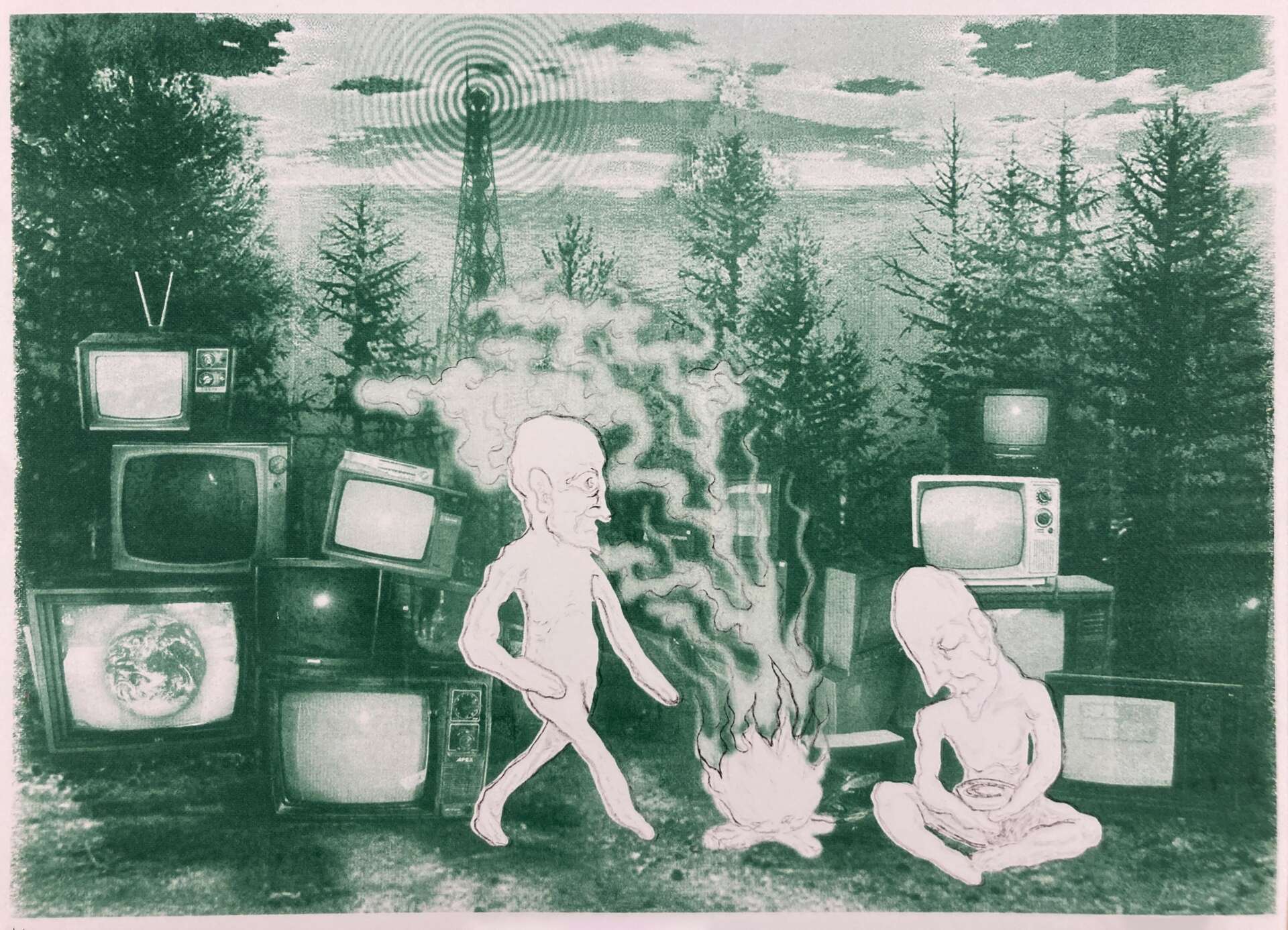
Max, love having you share your insights with us. Before we ask you more questions, maybe you can take a moment to introduce yourself to our readers who might have missed our earlier conversations?
I’m a senior undergraduate student at Hamline University studying graphic design and creative writing. I’m also a visual artist who works across several mediums- drawing and traditional art are at the root of my practice, although I also experiment across printmaking, painting, sculpture, lettering, digital collage, and a small amount of performance. My main area of focus is working within the Twin Cities (Minneapolis & St. Paul) music scene in Minnesota to create promotional art such as flyers and album cover design elements. I have been interested in creating art for a long time and first began shifting towards design as a specific area of academic and professional focus sometime between late middle school and early high school. Posters have always captivated me as a striking, immediate presentation of aesthetic elements that serve as a hallmark for a particular event, program or experience. I found myself gaining some attention while making Photoshop composites for a public-facing Internet audience and wanted to push this skill further into something I could pursue and study.
While I actually wouldn’t have considered myself a musician until very recently, music has always been proximal to me. My dad is a drummer and a passionate vinyl collector, so my experience of growing up at home was always soundtracked by a vibrant collection of albums and their equally vibrant covers. A lot of important friendships were originally forged through musical connections; commonalities in the artists and genres that me and my friends enjoyed. Gorillaz, in particular, has been hugely important to my creative development- the heavy visual aspect to the band provided by Jamie Hewlett’s illustration has always felt so unique to me, to the extent where my current creative pseudonym, “LOFI THRILLER,” is borrowed from the back cover of Gorillaz’ self titled LP.
As I started delving further into the world of graphic design, flyer art and album covers were what really pulled me in and felt like something I knew I wanted to do. When I began collecting records in high school, I paid special attention to the covers that I saw during trips to the record store, snapping pictures of favorites and noting what I liked about them. My first “gigs” in both of these regards came from my dad, who would sometimes seek my help in creating merchandise and posters for his various musical projects. As I began to go to more live shows and become involved in the local music scene, I tried to quickly establish a niche in creating gig posters. This is mainly what I’ve been working on lately, although I have also had the chance to do some custom lettering projects for local music acts such as Ice Climber, Uncle Jesse’s Comb, and Hurt You, as well as plenty of gig posters promoting my own bands and their live performances as well as many other talented acts around the Twin Cities.
When I’m working on a poster, I usually start by pinning down an aesthetic or concept that’s been inspiring me recently. Sometimes this can happen serendipitously, such as if I create a collage and only have access to a limited selection of materials to work with. Lettering is always something I pay special attention to, and the majority of my posters end up going through some degree of digital processing as I like to incorporate both digital and hand-rendered typography. Overall, I find music-related projects to be especially rewarding, and have had the extremely exciting opportunity to work with Summer Salt, my favorite band, who put out an open call for animators to contribute short segments of footage. I have some background in stop-motion, and ended up creating a thirty frame mixed-media animation that included oil pastel, paper cutouts, and claymation.
Some of my biggest conceptual inspirations include surrealism, digital ephemera of the early 2000s and 2010s, claymation, gig posters (specifically pertaining to the punk and rave scenes), graffiti, and protest art. Going forward with my work, I want to focus more clearly on promoting social change and decolonial / anticarceral efforts- I’ve already gotten to do some of this through a collaboration with my friend’s community organization Futures Beyond Criminalization, which I designed merchandise for as part of a fundraising event, but would like to engage more directly with similar organizations in the future.
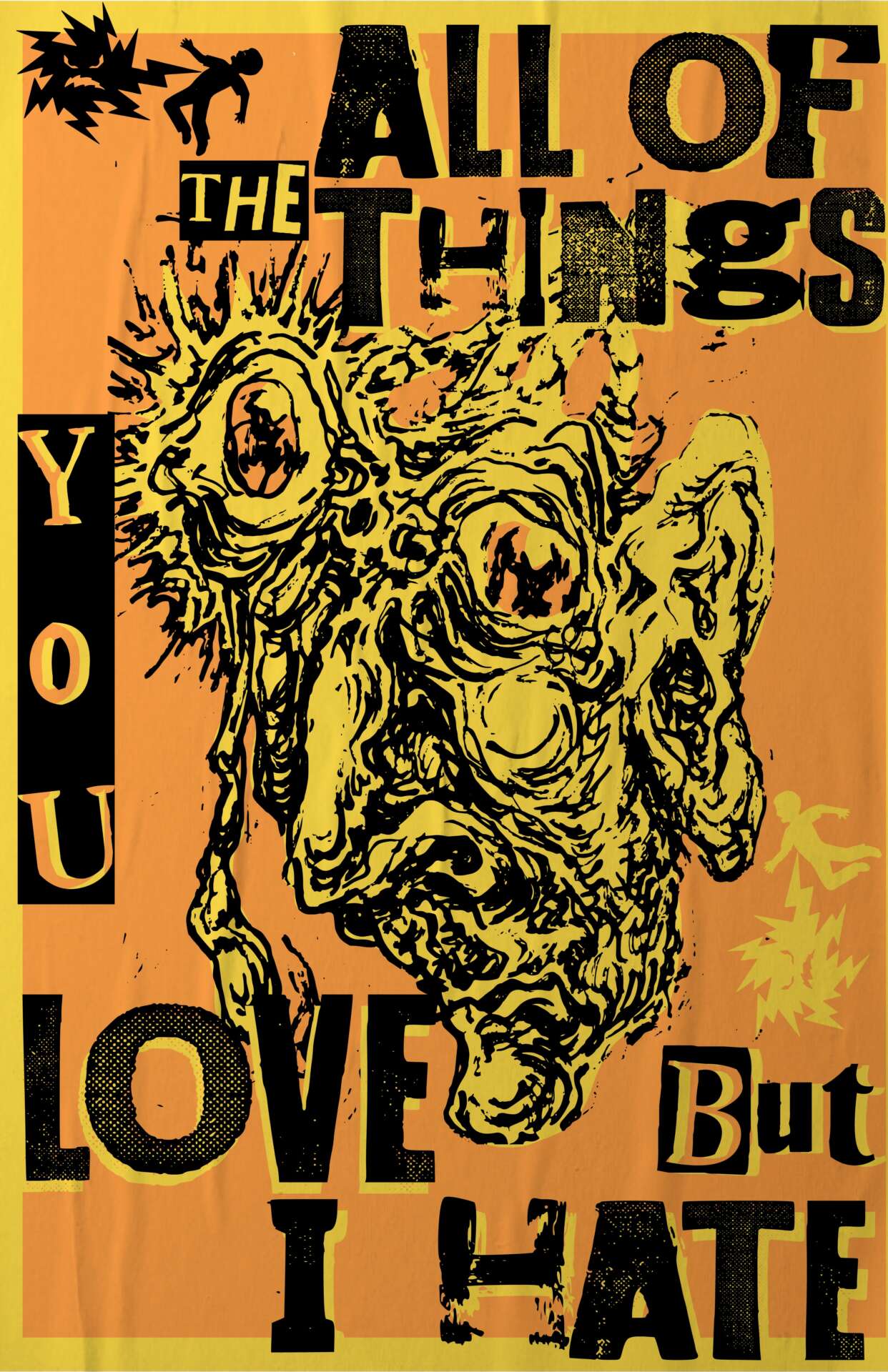
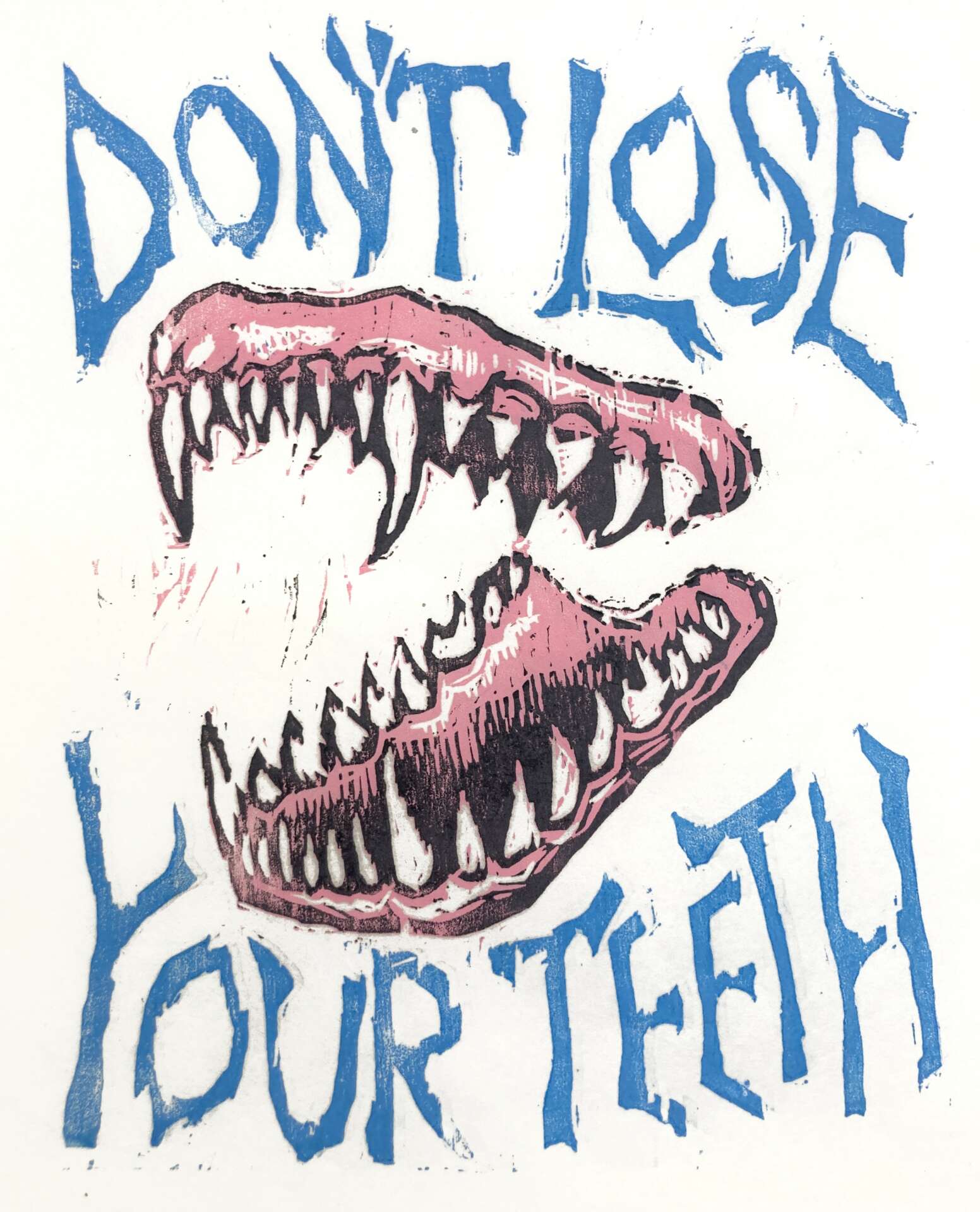
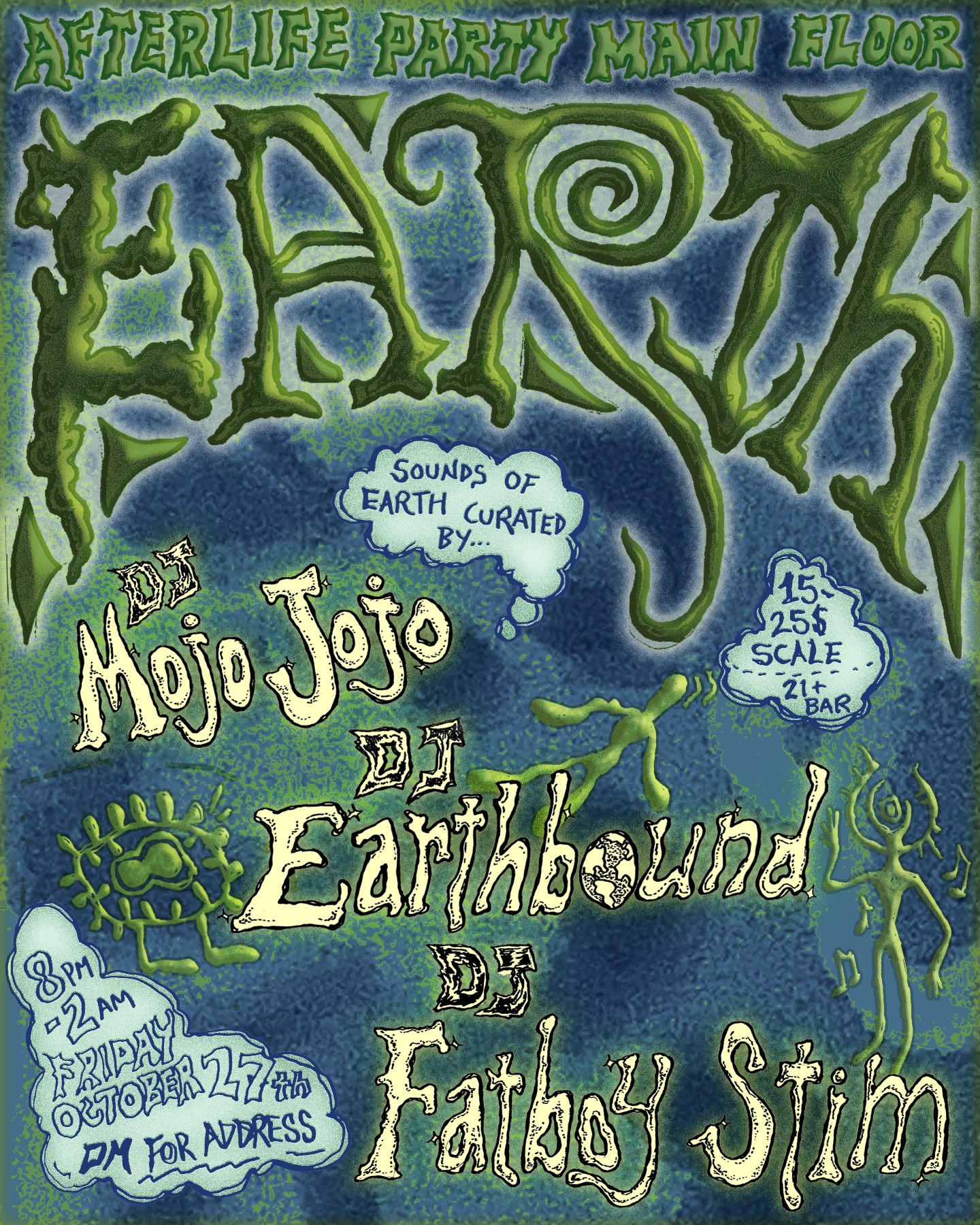
Is there mission driving your creative journey?
I want my art to connect people. I think graphic design is too frequently viewed as entirely corporate and synonymous with advertising, which I disagree with. I want to be able to create in a way that engages directly with the people and organizations in my life and promotes other creative and community work. I’ve always been particularly drawn in by DIY and low-fidelity art that makes use of the resources that are immediately at the artist’s disposal in order to create something unique, and I want my own work to mirror that. I do have grander goals of catalyzing social change and community action and awareness through my art and would love to be able to contribute to a counterculture multimedia movement or scene during my lifetime.
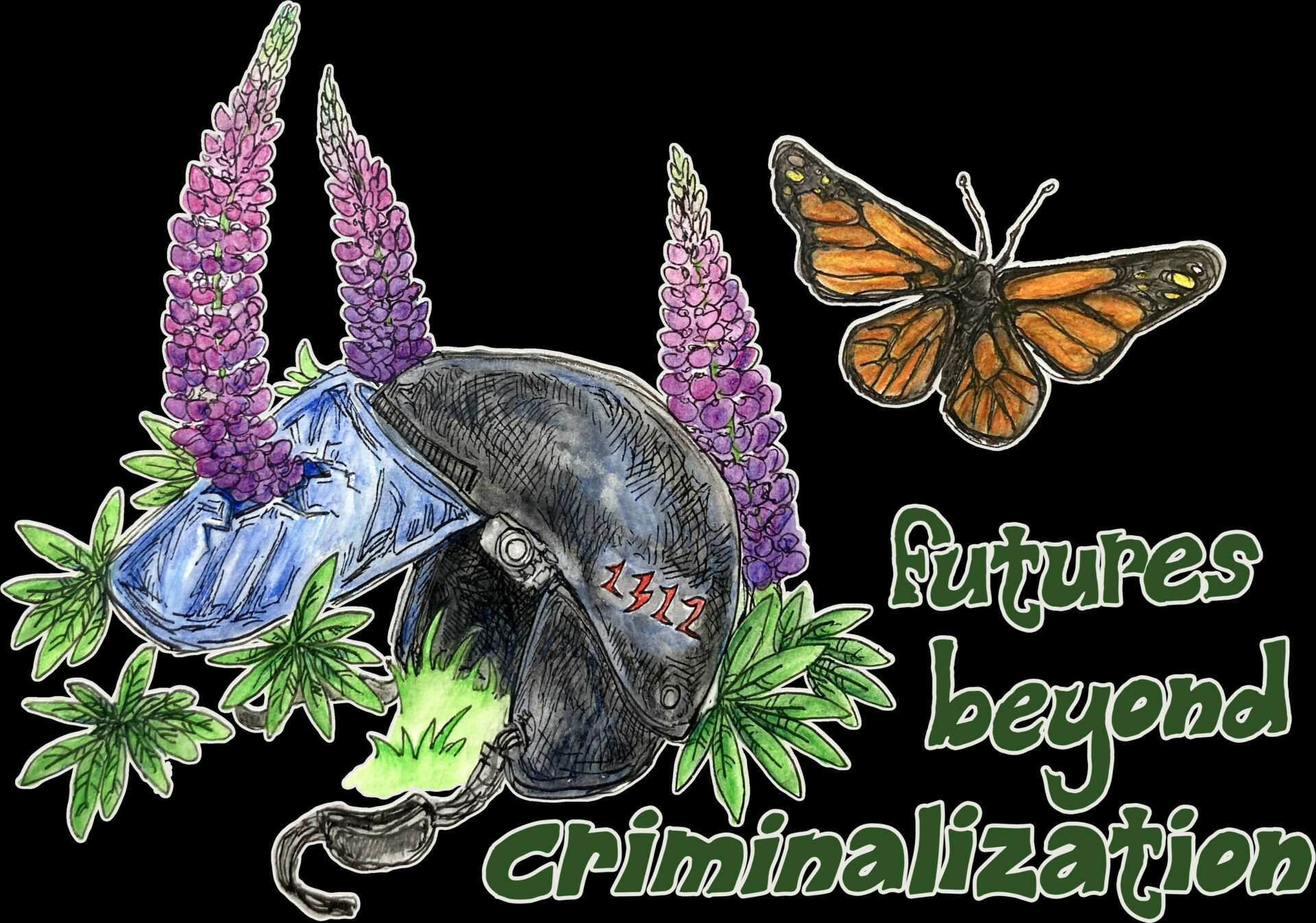
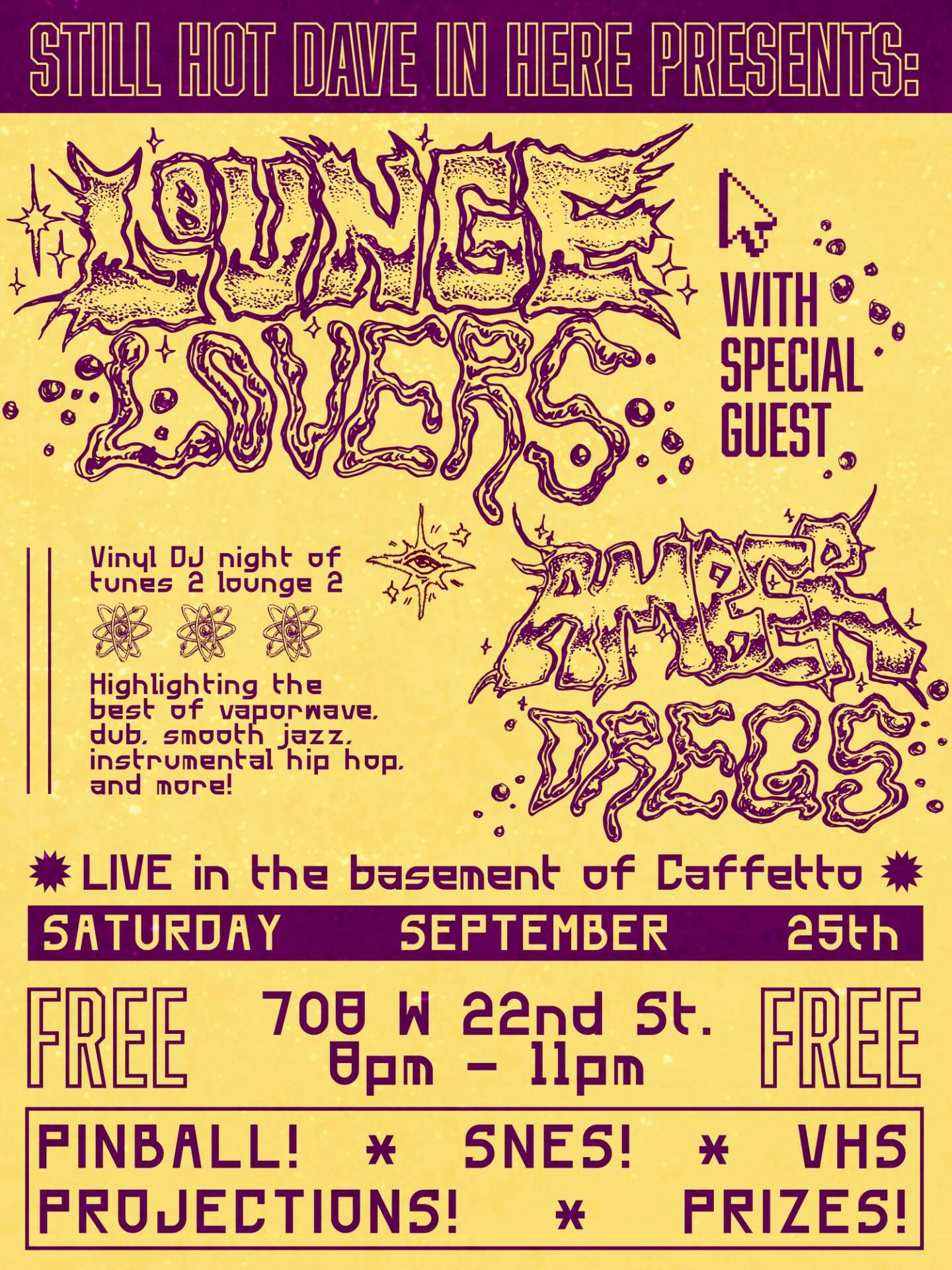
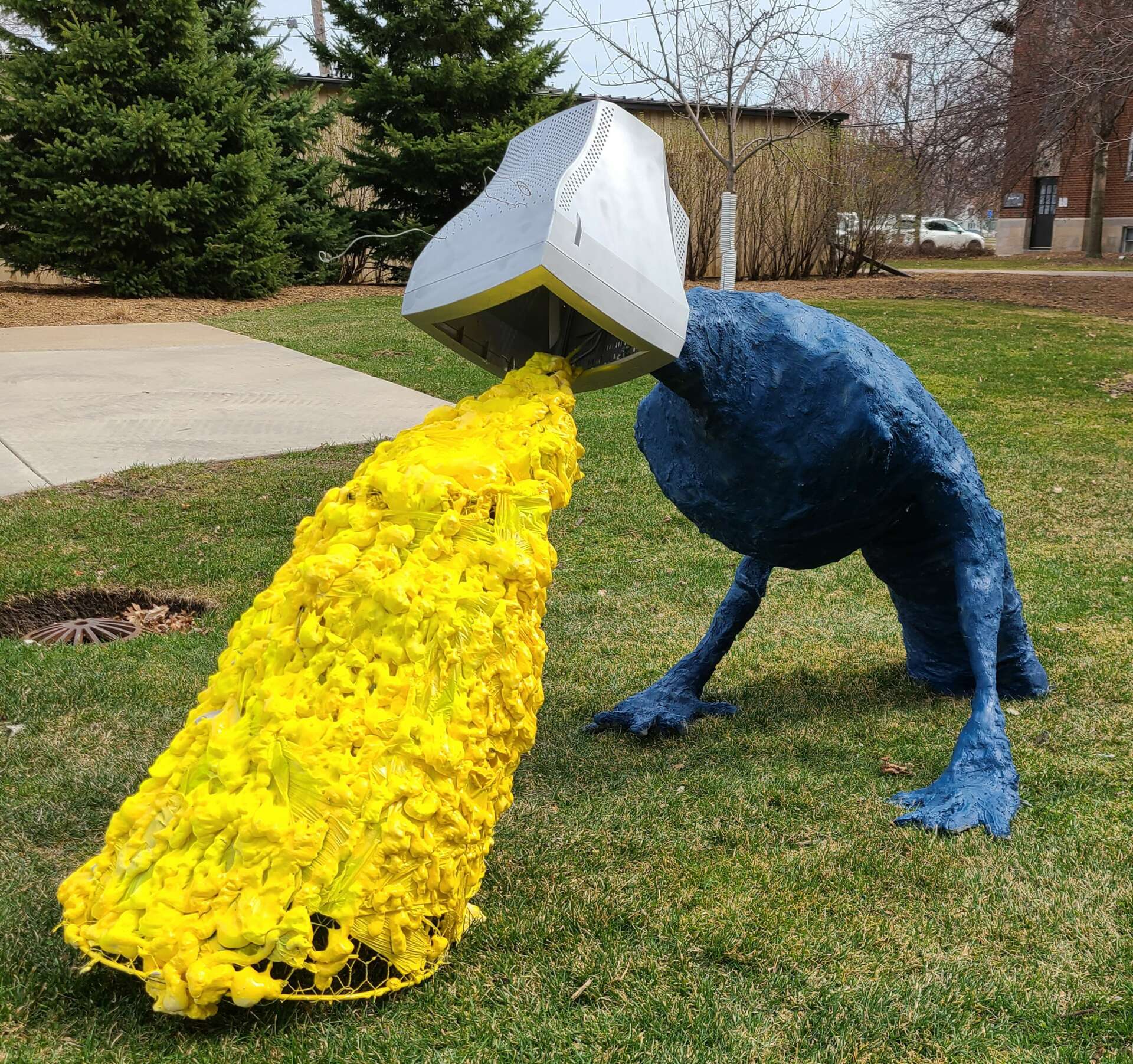
Learning and unlearning are both critical parts of growth – can you share a story of a time when you had to unlearn a lesson?
When I was first getting into more “serious” art education, I had a big problem with viewing all of the other artists in my program as competition and measuring myself against their work and abilities. This caused me quite a bit of stress and made it difficult to engage with artists who, in actuality, shared quite a few interests with me and would go on to provide incredible inspiration, connection, and support. The metaphor I like to use while describing my shift in mindset is learning to view the other creators around me as a gallery, rather than as a contest. I quickly found that everybody in my program possessed a great variety of inspirations and styles, and could solve creative problems from an extremely stimulating variety of angles. I became more interested in collaboration and group creative activities, such as the Exquisite Corpse, which has always been a favorite of mine (for those unfamiliar, this is a game that holds origins in the Surrealist movement and consists of one person drawing on part of a sheet of paper, folding the sheet over so only a small amount of their drawing is visible to the next player, and then passing the drawing along until a final drawing is completed between several artists). I’ve found this to be very helpful in dealing of feelings of intimidation and inadequacy, which can come up a lot, since trying to play the social media game as an artist can get competitive! It’s beneficial to remind myself that the skills of other artists are not a threat or challenge to my own, and that I can redirect that feeling of jealousy into one of inspiration and excitement at getting to see something that opens up my perspectives as to what’s possible through art.
Contact Info:
- Instagram: l0fithriller
Image Credits
Max Ridenour Vinny Torres (artist photo) Allison Baker (photo of TV head sculpture)


